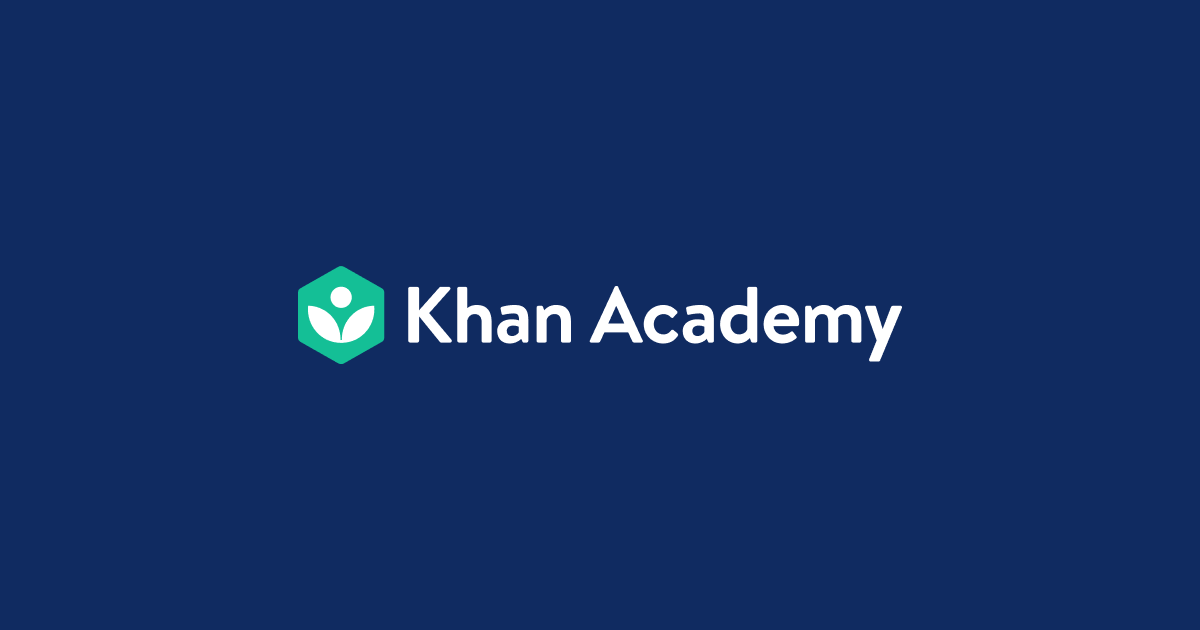Introduction to Physiology for Beginners
Created 3 years ago and Updated 3 years agoObjectives:
- Understand the history and major branches of physiology - Describe the structure and function of the human body - Explain the concept of homeostasis and how the body maintains balance and stability - Identify and discuss the anatomy of the different organ systems of the body - Explain the effects of hormones on the body - Describe how the body responds to stress and how it affects us physically and emotionally
3h
27 Steps
for beginner
0
Free
18 watching
9 reading
+ 4
| # | Image | Type | Title | Creator | Platform | Duration | ||
|---|---|---|---|---|---|---|---|---|
| 1 |  | What is physiology? | The Physiological Society | youtube.com | 2m | |||
| 2 |  | History Of Human Body Anatomy - Crash Course - Summarizing 5000+ Years Of Evolution | Medical Arts Official | youtube.com | 5m | |||
| 3 |  | Basic Anatomy and Physiology | medictests | medictests.com | 5m | |||
| 4 |  | Homeostasis - What is it? | Dr. John Campbell | youtube.com | 14m | |||
| 5 | 1.3 Homeostasis – Fundamentals of Anatomy and Physiology | nikkiandersen | pressbooks.pub | 10m | ||||
| 6 |  | JOIN TO UNLOCK | ******** | ******** | ******** | |||
| 7 |  | JOIN TO UNLOCK | ******** | ******** | ******** | |||
| 8 |  | JOIN TO UNLOCK | ******** | ******** | ******** | |||
| 9 |  | JOIN TO UNLOCK | ******** | ******** | ******** | |||
| 10 | :background_color(FFFFFF):format(jpeg)/images/article/en/human-body-systems/M7E4f4212xIbTyY7FS7CA_pasted_image_0.png) | JOIN TO UNLOCK | ******** | ******** | ******** | |||
| 11 |  | JOIN TO UNLOCK | ******** | ******** | ******** | |||
| 12 |  | JOIN TO UNLOCK | ******** | ******** | ******** | |||
| 13 |  | JOIN TO UNLOCK | ******** | ******** | ******** | |||
| 14 |  | JOIN TO UNLOCK | ******** | ******** | ******** | |||
| 15 |  | JOIN TO UNLOCK | ******** | ******** | ******** | |||
| 16 |  | JOIN TO UNLOCK | ******** | ******** | ******** | |||
| 17 |  | JOIN TO UNLOCK | ******** | ******** | ******** | |||
| 18 |  | JOIN TO UNLOCK | ******** | ******** | ******** | |||
| 19 | JOIN TO UNLOCK | ******** | ******** | ******** | ||||
| 20 |  | JOIN TO UNLOCK | ******** | ******** | ******** | |||
| 21 | JOIN TO UNLOCK | ******** | ******** | ******** | ||||
| 22 |  | JOIN TO UNLOCK | ******** | ******** | ******** | |||
| 23 |  | JOIN TO UNLOCK | ******** | ******** | ******** | |||
| 24 |  | JOIN TO UNLOCK | ******** | ******** | ******** | |||
| 25 | JOIN TO UNLOCK | ******** | ******** | ******** | ||||
| 26 |  | JOIN TO UNLOCK | ******** | ******** | ******** | |||
| 27 | JOIN TO UNLOCK | ******** | ******** | ******** |
Access to 22 More Steps with free subscription
